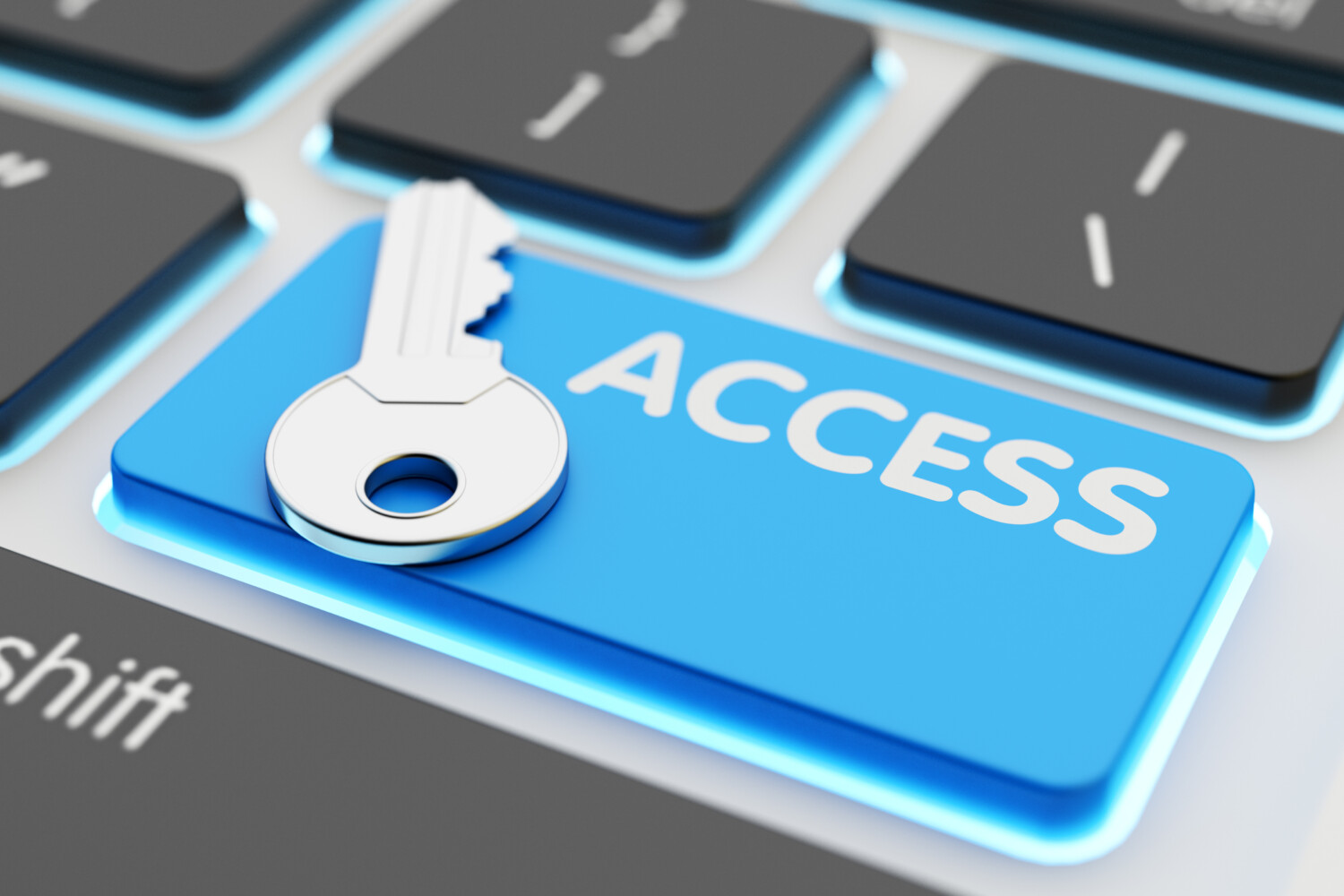With the increasing prevalence of cyber-attacks, internet security experts are looking for more secure methods to protect online accounts. Passkeys are emerging as a viable alternative to passwords and may soon replace them altogether. In fact, there’s a good chance you are already using them, primarily if you use Apple, Google or Microsoft products.
What Is A Passkey?
Passkeys are a secure and convenient way to sign in without using passwords. They use public-key cryptography, which involves generating a pair of keys, one public and one private. The public key is stored in the cloud, while the private key is kept securely on the user’s device. When a user signs in with their passkey, the server never learns the private key. On Apple devices with Touch ID or Face ID available, they can be used to authorize the use of the passkey.
Passkeys provide a higher level of security than traditional passwords by using public key cryptography. Each passkey is unique and tied to a user account and website or application, making it difficult for hackers to gain access. Additionally, passkeys are highly phishing-resistant, meaning they can’t be used in malicious attempts to steal personal information.

Passkeys rely on WebAuthentication (WebAuthn). WebAuthn works by allowing users to register their devices or biometrics as authenticators, which can then be used to log into websites without needing a password. During registration, an authenticator will provide a public key to an application that will have access to it. This public key is then used to generate a unique digital key that only works with that specific website or app. This ensures that only authorized users can access the website or app and keeps your data safe from hackers and other malicious actors.
Major tech companies such as Apple, Google and Microsoft have already adopted passkeys as an authentication method for their users. This makes logging into devices, websites and apps faster, easier and more secure across all devices.
With passkeys, users can sign in to apps and websites with a biometric sensor, PIN or pattern, eliminating the need to remember and manage cumbersome passwords. In addition, passkeys provide superior protection against phishing attacks compared to SMS or app-based one-time codes. Plus, since passkeys are standardized, they enable users to access passwordless services across different browsers and operating systems without needing multiple implementations.
Do Passkeys Have Risks?
While this new technology offers more secure authentication than passwords, there are still some challenges associated with using passkeys.
One challenge is that passkeys require users to have access to biometric authentication such as fingerprint scanning or facial recognition. This means that if the user does not have access to these — for instance, if the fingerprint sensor isn’t working — they will not be able to use the passkey system.

Another challenge is that some passkeys require users to have access to an additional device in order to authenticate. This can be inconvenient for users who don’t always have access to their secondary device or who don’t want to carry around multiple devices. Additionally, if the user loses or breaks their secondary device, they may not be able to authenticate at all.
Ultimately, it’s up to each user to decide which authentication method best suits their needs. While passwords may still be the most popular option right now, passkeys could soon become the new standard as they offer greater security and convenience when it comes to protecting online accounts.
This story originally appeared on Simplemost. Check out Simplemost for additional stories.


